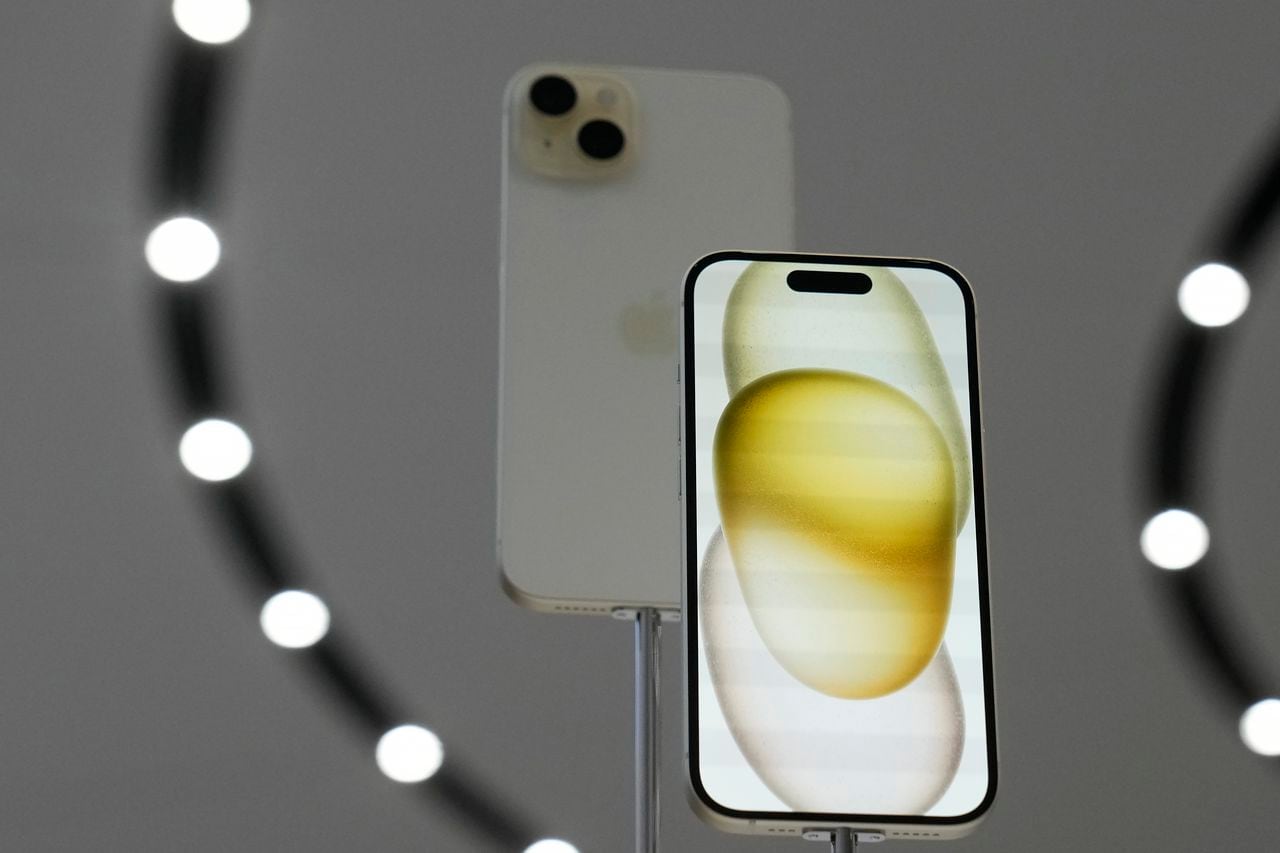iOS 17 NameDrop feature: Should you be worried about sharing update? Can you turn it off?
The internet was abuzz over the weekend after law enforcement agencies around the country began sharing concerns about the new “NameDrop” feature that is included in the latest iOS 17 iPhone update.
“PARENTS: Don’t forget to change these settings after the update on your children’s phones, also, to help keep them safe as well,” many of the police department’s Facebook posts read.
According to Apple, the feature can be used to quickly share contact information with a nearby iPhone or Apple Watch. To use, you hold the display of your phone a “few centimeters” from the other person’s phone. As you continue to hold, NameDrop appears on both screens and you can choose to share your contact card and receive the other person’s, similar to Air Drop photo sharing.
To cancel, you have to move the two devices away from each other or lock your iPhone before the transfer is complete.
NameDrop only works for sending new contact information, not updating an existing contact, Apple said. Shared information includes name, phone number and email address but can also show things such as birthday, home address, social media profiles and pronouns.
Default to “on”
The new feature is defaulted to “on” once the iOS 17 update is complete and that’s the issue some security experts have with the change.
“It would be better if it were disabled and you understood what it did and then you turned it off, but I don’t think it’s the end of the world because you can control what it shares,” cyber security expert Dave Hatter told WMTW.
But that doesn’t mean Name Drop is sharing your information with anyone walking by and some concerns may be overblown, as Wired points out.
“Contact sharing will be canceled if the two smartphones are moved apart anytime during the process or if you decide to lock your iPhone using the power button. Even though NameDrop is auto-enabled when you update to iOS 17, it’s crucial to note that consent is required throughout the process. Some random person on the street can’t just bump into you for a few seconds, and then walk away with your phone number,” the online tech site noted.
Someone could access the feature if they have your unlocked phone, but if that happens, they would be able to get any information they need – NameDrop or not.
Want to turn off Name Drop?
It’s easy to turn off the feature if you decide you don’t want NameDrop.
Once you’ve updated, go to “settings” and click “general.” Then, find “AirDrop” and click “Bringing Devices Together.” Toggle to “off.”
